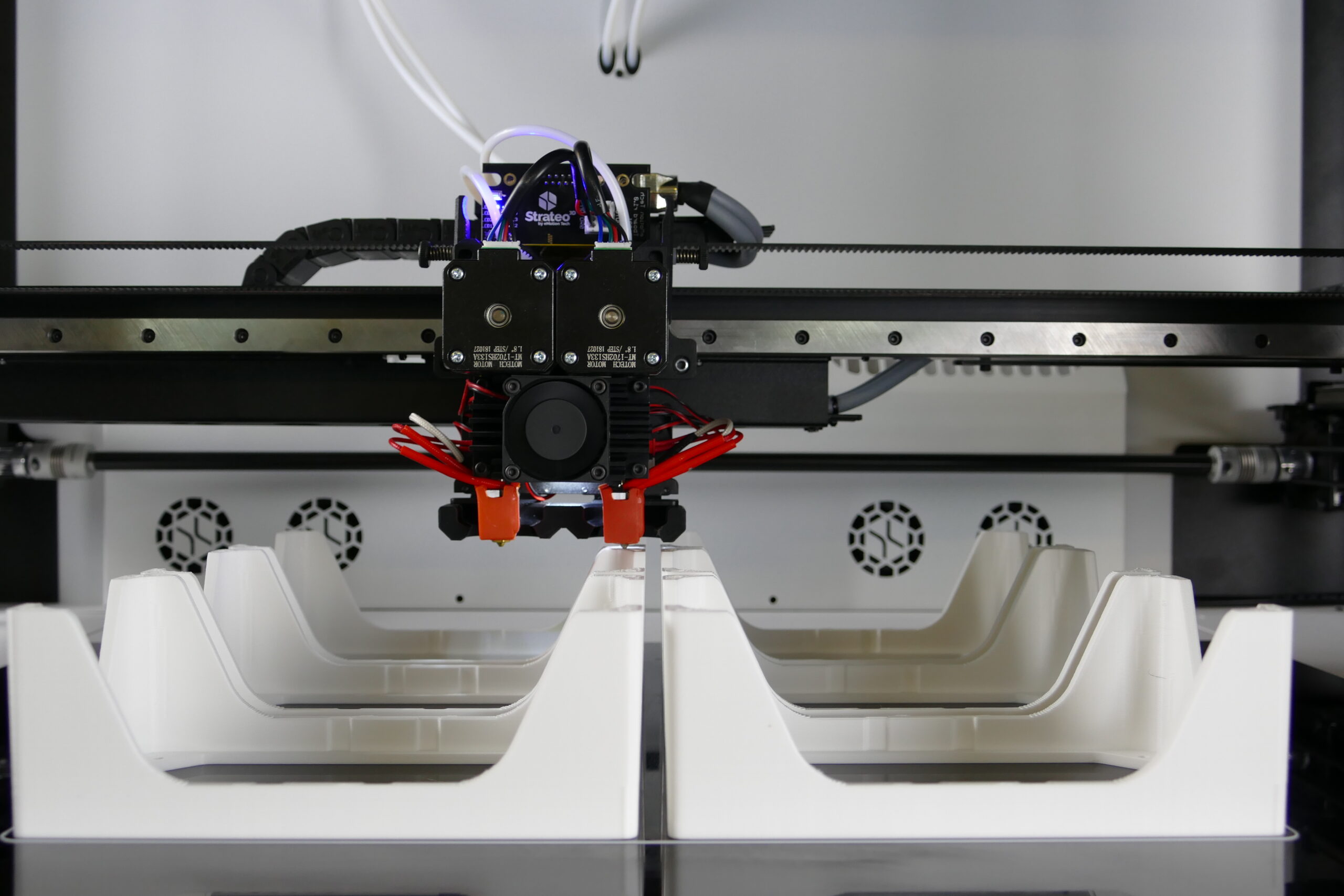A Closer Look at India’s First 3D Printed House

India created its first 3D printed home
3D printing is a revolutionary piece of technology that has affected many industries from healthcare to manufacturing. By the end of this year, the field is even expected to grow to $21 billion — a big leap from the $4.4 billion value it held back in 2013. A 3D printer’s hardware is built with many complex shaped pads, enabling it to deliver equally complicated functions without resulting in any machine errors. Heat dissipating pads, which are crucial for thermal resistance in 3D printing, are one example. They have led to many impressive structural feats, to the point where it’s possible to create entire houses using only a 3D printer and the right materials.
Just recently, India created its first 3D printed home. So, here’s what you need to know about this massive leap forward:
Tvasta’s home
After five years of developing their unique 3D printing process for homes, startup Tvasta Manufacturing Solutions built the first 3D printed home in India. This 600 square foot single-story home was created at the IIT-Madras campus. This was the result of a joint project with Habitat for Humanity’s Terwilliger Center for Innovation in Shelter who’s looking to provide affordable shelters.
‘Conventional housing requires time, material, logistics, transporting of material, and so on, explained Nirmala Sitharaman, the Minister of Finance. And according to Tvasta, the cost of constructing a 3D printed house using their equipment is roughly around Rs 5 lakhs to Rs 5.5 lakhs. This is 20% of the cost of a 2BHK flat in India.
Why is it so cheap?
This level of affordability is largely thanks to two things: the efficiency of 3D printing technology and Tvasta’s ‘special concrete mix’.
Tvasta’s first home was created in just 21 days. However, this was due to the restrictions brought about by the pandemic, as Adithya VS, the CEO of Tvasta, claims that it’s possible to print and build the structure in five days. “While 3D printing, the structure was specifically designed hollow, to allow provisions for wiring and plumbing without damaging the wall,” Tvasta’s official blog post informed us.
3D printers are also able to make the most out of the materials loaded into its body, so the building of Tvasta’s house only generated 1/3 of the waste associated with conventional building methods. This is great news as the building sector is one of the biggest contributors to the world’s total carbon footprint.
Furthermore, the structure was printed using a special concrete mix with cement, sand, geopolymers, and fibers in its base. Natural materials such as mud were also added. This allowed Tvasta to consume less energy and water to process the materials. It has also eliminated the need to transport heavy materials like cement over long distances.
With over 200,000 people homeless in India’s urban areas and around 65 million people living on minimum wage, Tvasta and Habitat for Humanity’s collaboration is a big step towards addressing the housing shortage in the country. And while Tvasta may have been the first 3D printing company in India to use the technology in such a way, perhaps we’ll see more businesses provide similar solutions in the coming months.




